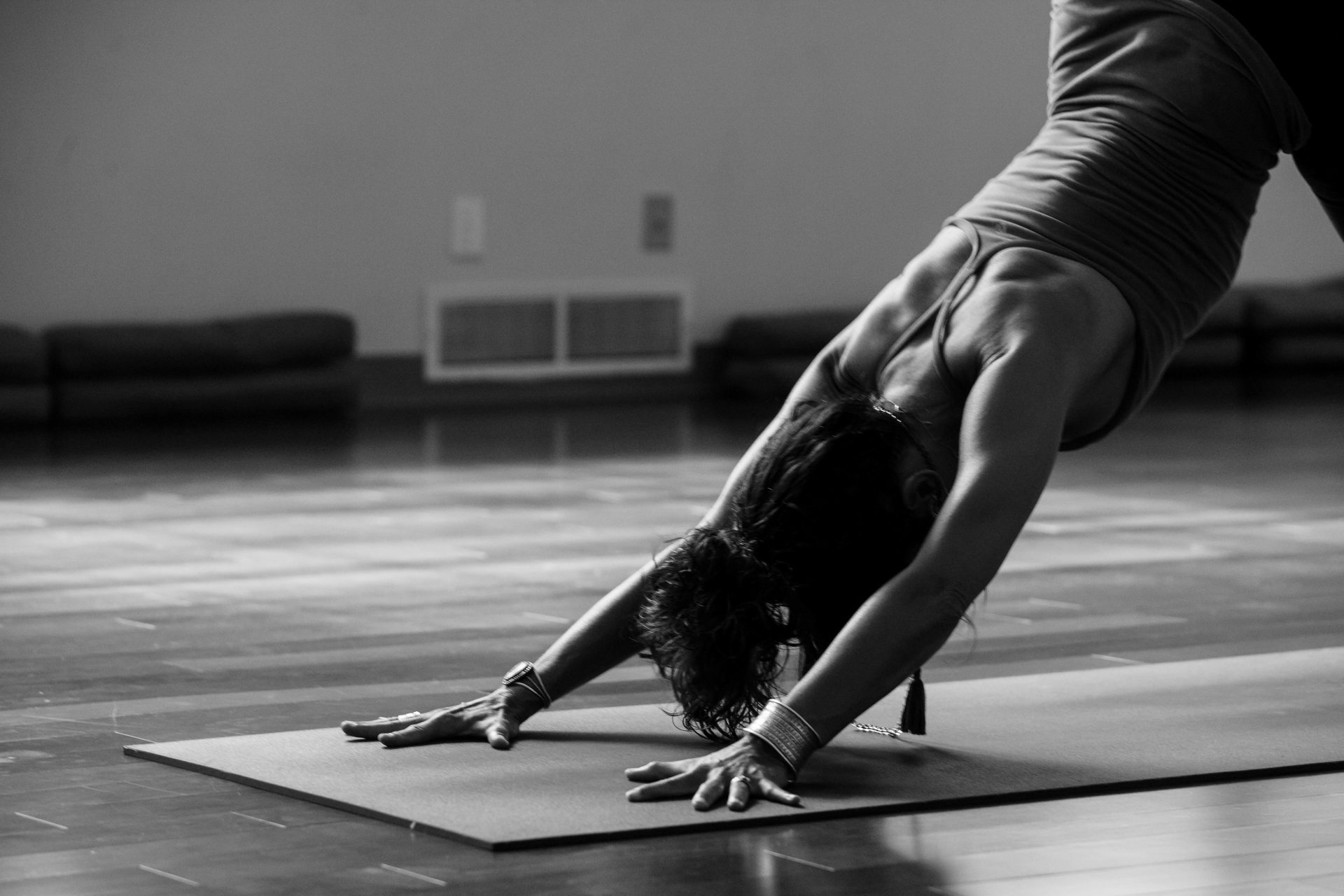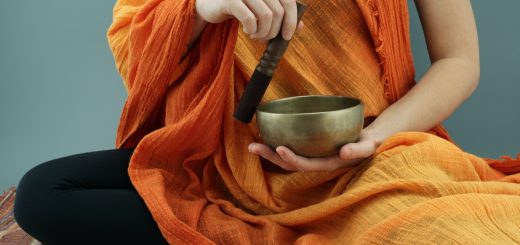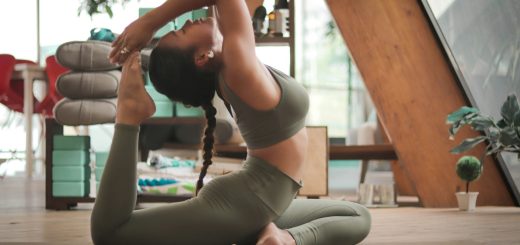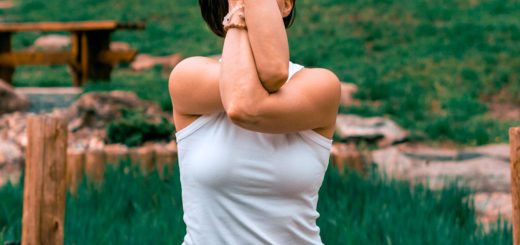Vinyasa Yoga: Breath and Fluid Movement Explained

Before diving in, please note: This post is for informational purposes only. If you’d like to know more about how we approach topics, feel free to check out our friendly Disclaimer Page.
Hey there, amazing readers! 🖐️ Just a quick note: yes, we know there are a lot of ads here. Trust us, we get it—it’s not the prettiest look, but they help us keep this blog alive and kicking. Those pesky little ads cover the costs of all the behind-the-scenes magic, from hosting and tech stuff to creating content we hope you’ll love.
We’re committed to delivering quality posts, and your support (even just sticking around despite the ads) means everything to us. So, bear with us, and thanks for helping us keep the good vibes rolling. Now, on to the fun stuff! 😉
TRANSLATE BUTTON AT THE END OF THE ARTICLE
A Quick Overview
Vinyasa Yoga is a dynamic style of yoga that focuses on linking breath with movement in a flowing sequence of poses.
This style is often referred to as "flow" yoga due to its continuous and smooth transitions between poses.
Vinyasa yoga helps practitioners build strength, flexibility, and mindfulness through a combination of breath work and fluid movements.
Understanding the principles of Vinyasa can enhance your yoga practice and provide a deeper connection between mind and body.
Understanding Vinyasa Yoga
Vinyasa yoga is a popular style of yoga that emphasizes the connection between breath and movement.
In Vinyasa classes, students flow through a series of poses, transitioning seamlessly from one to the next with each inhale and exhale.
The practice is designed to create a moving meditation that synchronizes breath and movement, allowing practitioners to cultivate a sense of presence and mindfulness on the mat.
Benefits of Vinyasa Yoga
There are numerous benefits to practicing Vinyasa yoga.
Some of the key advantages include:
1.
Improved strength and flexibility: Vinyasa yoga helps to build muscle strength and increase flexibility through a variety of poses and movements.
2.
Stress relief: The focus on breath and movement in Vinyasa can help calm the mind and reduce stress levels.
3.
Cardiovascular health: The flowing nature of Vinyasa can also provide a cardiovascular workout, helping to improve heart health.
4.
Mind-body connection: Vinyasa encourages practitioners to be present in their bodies and minds, fostering a deeper connection between the two.
5.
Increased energy: The dynamic movements of Vinyasa yoga can leave practitioners feeling energized and invigorated.
Origins of Vinyasa Yoga
Vinyasa yoga has its roots in Ashtanga yoga, a traditional style of yoga that follows a specific sequence of poses.
In Vinyasa, the sequence is more fluid and can vary from class to class.
The term "vinyasa" itself means "to place in a special way," emphasizing the intentional and mindful movement from one pose to the next.
This style of yoga was popularized in the West by teachers such as Shiva Rea and Baron Baptiste.
The Importance of Breath
Breath is a fundamental aspect of Vinyasa yoga.
In this style of yoga, each movement is coordinated with either an inhalation or exhalation, creating a smooth and continuous flow.
The breath serves as a guide for the practice, helping to deepen stretches, maintain focus, and regulate energy levels.
By paying attention to the breath in Vinyasa yoga, practitioners can cultivate a sense of calm and presence on the mat.
Fluid Movement in Vinyasa
The fluid movement in Vinyasa yoga is what sets it apart from other styles.
Practitioners move seamlessly from one pose to the next, creating a sense of grace and ease in their practice.
Flowing between poses helps to build heat in the body, improving circulation and detoxification.
The continuous movement also helps to increase flexibility and range of motion, allowing practitioners to explore their body’s capabilities in a dynamic way.
Building Strength and Flexibility
Vinyasa yoga is an excellent practice for building both strength and flexibility.
The variety of poses and movements in Vinyasa sequences work different muscle groups throughout the body, helping to develop overall strength.
The fluid transitions between poses also help to improve flexibility by lengthening and stretching muscles.
Over time, a consistent Vinyasa practice can lead to increased muscle tone, improved balance, and greater overall flexibility.
Mindfulness in Vinyasa Yoga
Mindfulness is a key component of Vinyasa yoga.
By focusing on the breath and staying present in each movement, practitioners can cultivate a sense of mindfulness on the mat.
Being mindful in Vinyasa yoga allows individuals to connect with their bodies, thoughts, and emotions, fostering a greater awareness of the present moment.
This mindfulness can extend beyond the mat, helping practitioners to approach daily life with a sense of clarity and presence.
Common Poses in Vinyasa
Vinyasa yoga incorporates a wide range of poses that flow together seamlessly in a sequence.
Some of the common poses you may encounter in a Vinyasa class include:
Downward Facing Dog
Warrior Poses (Warrior I, Warrior II, Warrior III)
Plank
Chaturanga Dandasana
Upward Facing Dog
Tree Pose
Triangle Pose
Half Moon Pose
These poses are often linked together in a continuous flow, creating a dynamic and energizing practice.
Creating a Vinyasa Sequence
When creating a Vinyasa sequence, it’s important to consider the flow of movements and the coordination of breath.
A typical Vinyasa sequence may include a warm-up, a series of standing poses, balancing poses, backbends, forward folds, and a cool down.
Sequences can be tailored to suit different levels of practitioners, with modifications and variations offered to accommodate individual needs.
The key is to create a fluid and continuous flow of poses that challenge the body while maintaining a sense of ease and grace.
Modifications for All Levels
Vinyasa yoga can be adapted to suit practitioners of all levels, from beginners to advanced students.
Teachers often provide modifications and variations for poses to accommodate different abilities and body types.
Beginners may start with simpler poses and gradually work their way up to more challenging sequences.
Advanced practitioners can explore deeper variations of poses to continue challenging themselves and deepening their practice.
With the right modifications, Vinyasa yoga can be accessible and beneficial for everyone.
Tips for Practicing Vinyasa Yoga
To enhance your Vinyasa yoga practice, consider the following tips:
1.
Focus on your breath: Pay attention to your inhales and exhales, using your breath to guide your movements.
2.
Listen to your body: Honor your body’s limitations and take breaks when needed.
3.
Stay present: Be mindful of each pose and transition, staying present in the moment.
4.
Practice regularly: Consistency is key in yoga, so try to establish a regular practice routine.
5.
Have fun: Enjoy the process of flowing through poses and exploring your body’s capabilities.
Incorporating Vinyasa into Your Routine
To incorporate Vinyasa yoga into your routine, consider attending classes at a local studio or practicing at home with online videos or tutorials.
Aim to practice Vinyasa yoga at least a few times a week to experience the full benefits of the practice.
You can also combine Vinyasa with other styles of yoga or fitness activities to create a well-rounded routine that supports your physical and mental well-being.
Conclusion
Vinyasa yoga offers a dynamic and engaging practice that combines breath work, fluid movement, and mindfulness.
By understanding the principles of Vinyasa and incorporating it into your routine, you can experience the numerous benefits of this style of yoga, including improved strength, flexibility, and mental clarity.
Whether you’re a beginner or an experienced practitioner, Vinyasa yoga can provide a challenging and rewarding practice that nurtures both body and mind.
So, roll out your mat, focus on your breath, and flow through a Vinyasa sequence to experience the transformative power of this dynamic style of yoga.

The Enlightenment Journey is a remarkable collection of writings authored by a distinguished group of experts in the fields of spirituality, new age, and esoteric knowledge.
This anthology features a diverse assembly of well-experienced authors who bring their profound insights and credible perspectives to the forefront.
Each contributor possesses a wealth of knowledge and wisdom, making them authorities in their respective domains.
Together, they offer readers a transformative journey into the realms of spiritual growth, self-discovery, and esoteric enlightenment.
The Enlightenment Journey is a testament to the collective expertise of these luminaries, providing readers with a rich tapestry of ideas and information to illuminate their spiritual path.
Our Diverse Expertise 🌟
While our primary focus is on spirituality and esotericism, we are equally passionate about exploring a wide range of other topics and niches 🌍📚. Our experienced team is dedicated to delivering high-quality, informative content across various subjects ✨.
To ensure we provide the most accurate and valuable insights, we collaborate with trusted experts in their respective domains 🧑🏫👩🏫. This allows us to offer well-rounded perspectives and knowledge to our readers.
Our blog originally focused on spirituality and metaphysics, but we’ve since expanded to cover a wide range of niches. Don’t worry—we continue to publish a lot of articles on spirituality! Frequently visit our blog to explore our diverse content and stay tuned for more insightful reads.






